Councillor Helen Crawford is bringing a motion to Highland Council calling for a renewed focus on literacy and numeracy.
Ms Crawford says teachers are being asked to deliver in too many areas, and need to go back to basics.
It follows national figures placing Highland primary schools bottom in literacy and numeracy out of 32 local authorities.
However, education chairman John Finlayson rubbished the claims. Mr Finlayson says the council has a plan, and he’s proud of Highland schools’ achievements.
‘The grown ups have to ask the tough questions’
Ms Crawford is one of the new intake of councillors elected in May.
“Primary school education is one of the main reasons I stood for Highland Council,” says Ms Crawford. “It’s what I spoke to people about on the doorsteps when I was campaigning in Aird and Loch Ness.
“Highland was an exemplar in the past – so what’s gone wrong? The grown ups have to ask the tough questions.”
The Conservative councillor is bringing a motion with Alasdair Christie, leader of the opposition.
She says she “couldn’t give a monkey’s” about party politics on this issue, and simply wants Highland Council to get a grip on it.
Her motion “instructs” education bosses to bring an improvement report to the next full council meeting, and provide regular updates to the education committee.
“I’m asking all 74 councillors to see this as important, act swiftly and elevate the issue to full council level,” says Ms Crawford.
Is the primary school curriculum ‘too broad?’
Ms Crawford emphasises that her motion is not criticising teachers. Instead, she argues that teachers now have too much to do.
“Teachers are being tasked with doing a whole lot of stuff that’s about wellbeing, outdoor learning, connections within the community, charitable endeavours, and so on,” she says. “That’s fantastic and I applaud that… but literacy and numeracy must be number one.”
However, Mr Finlayson says those are the very activities that ready a child for life.
“The school experience is not just literacy and numeracy,” he says. “We recognise the importance of attainment but also of health and wellbeing.
“We support young people in a holistic way.”
It’s an interesting debate, but the facts are indeed stark.
Figures from the Local Government Benchmarking Framework show that less than half of Highland pupils are where they should be in literacy. Highland scored 49% against a national average of 67%.
In numeracy, the national average is 75% but Highland scored just 60%.
Highland is not the only council providing opportunities in wellbeing and outdoor learning in its primary schools.
So why is it failing to deliver on the essentials?
Back on track
First of all, Mr Finlayson says these results should be approached with caution. The figures were collected in June 2020, mid-lockdown, and reflect an unprecedented situation.
During the pandemic, the council concentrated on health and wellbeing.
Challenges like isolation and poverty are more pronounced in Highland, so the focus was on helping young people get through it.
“Our young people are entitled to experiences beyond literacy and numeracy,” says Mr Finlayson. “We need to build resilience too.”
Mr Finlayson says this year’s Highland primary school results paint a truer picture.
“It would have been sensible of Ms Crawford to wait until this year’s results came out before bringing this motion,” he says. “Attainment has increased substantially since last year.”
However, Ms Crawford feels it’s important to debate the issue at the first meeting of council in the new political term.
“I’m asking all 74 councillors to see this as important, to act swiftly and to elevate it to full council level,” she says. “Everyone’s eyeballs should be on this.”
A Highland way?
Ms Crawford told the P&J she’d like to see more local control over the national curriculum.
“There’s no ‘one size fits all’ and no one answer that will fix things,” she says. “Every primary school in Highland is different, but I do think the curriculum is too broad.
“I don’t see why we couldn’t have a Highland way to deal with this. It’s not working and we have to own that.”
Instead, she feels there’s a reluctance to grasp the nettle. Literacy and numeracy rarely come up at full council, she says, yet they are fundamental to the region’s future.
“If you look at the agenda for next week, it’s mostly focused on the economy and job creation,” she says. “That’s great. But we want our Highland kids to take some of those cracking jobs coming down the pipeline.
“That’s more difficult if they don’t have the core fundamentals of learning.”
Ready for work
On the contrary, Mr Finlayson says that’s one of Highland’s biggest strengths.
He points to the national awards granted to Highland primary schools in digital learning, outdoor education and STEM subjects.
“Those are the achievements that really prepare our young people for work,” he says.
Mr Finlayson offers a robust defence of the “broad and balanced” curriculum and says there’s plenty of room for flexibility. There’s no need for a ‘Highland way’ because schools already have control over how they deliver learning and teaching.
Literacy and numeracy run throughout the curriculum, but schools can give it more renewed focus if they wish.
“Why reinvent the wheel when the flexibility is already there?” he says.
‘Let’s move it on’
Earlier this year, Highland Council’s education team began a series of meetings with primary schools. The theme was “challenge” and focused on continuous improvement, professional development and attainment.
Executive chief officer Nicky Grant promised a “relentless focus on literacy and numeracy“.
Ms Crawford says she has the utmost faith in Highland schools and teachers.
“I have teachers in my family, and I know how determined they are to do the best for our kids,” she says. “I just think we need to look at the core basics.
“We have lots of dedicated professionals working on this, so let’s move it on.”
But Mr Finlayson took aim at both the wording and timing of the motion.
“I’m surprised by the tone of this motion, with the word ‘instruct’,” he says. “This comes on the same day that schools are closing for the summer holidays and teachers are getting a well deserved break.
“I want to thank the entire school community in the Highlands for how well they’ve coped in the past two very difficult years. We will now build on those achievements, with attainment front and centre.”
More from the Schools & Family team
North students star at national philanthropy celebration
Council rejoices as Cults Academy named one of Scotland’s best schools
Real Life Parenting Dilemmas: Co-sleeping – cuddly or clingy?
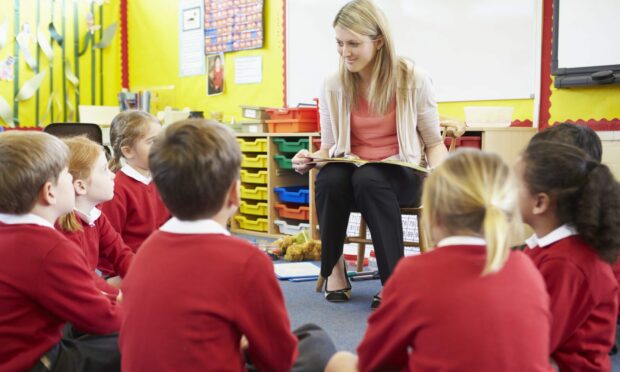
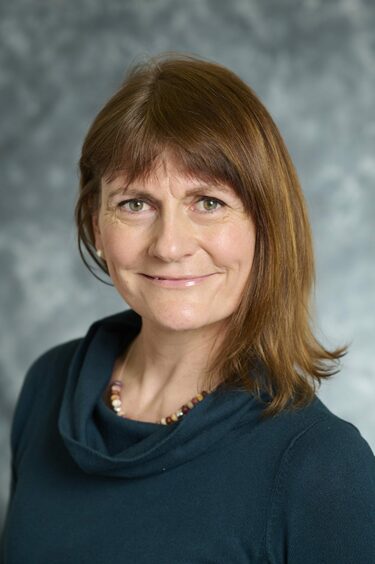
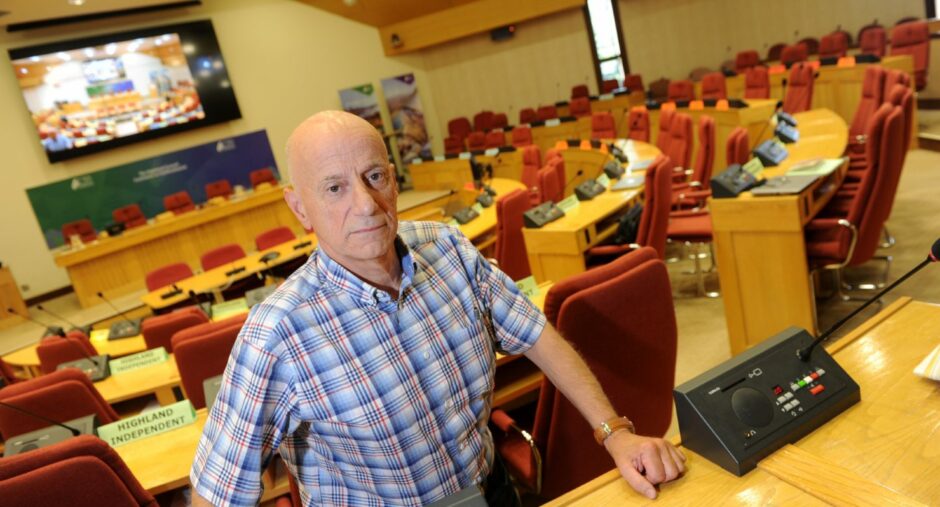
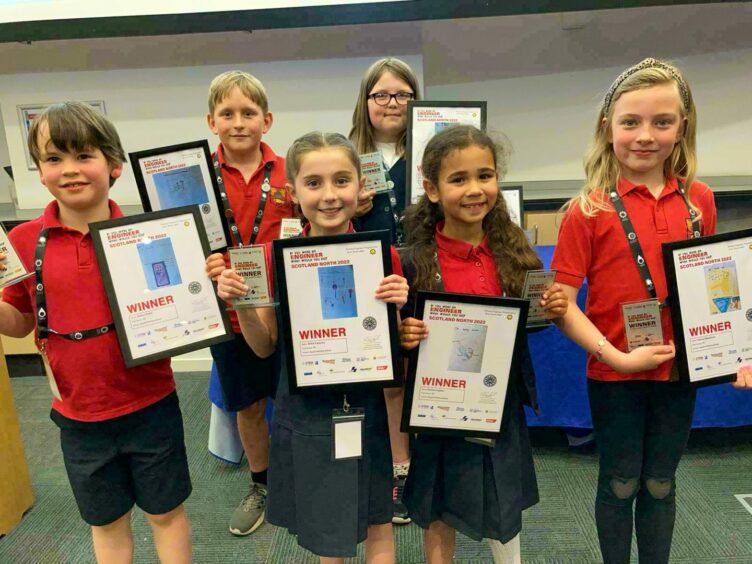
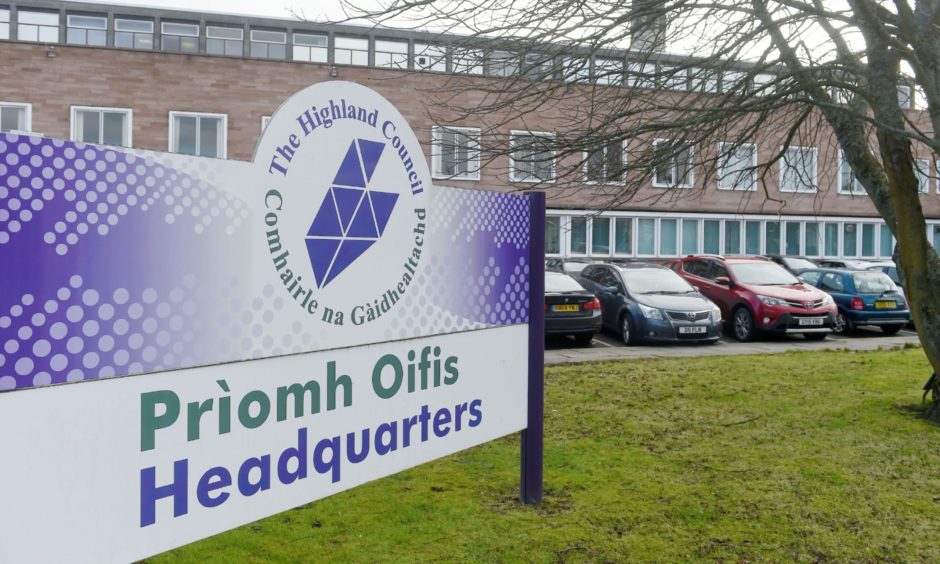
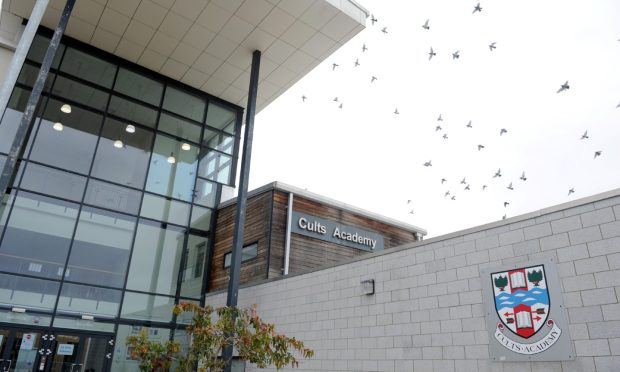

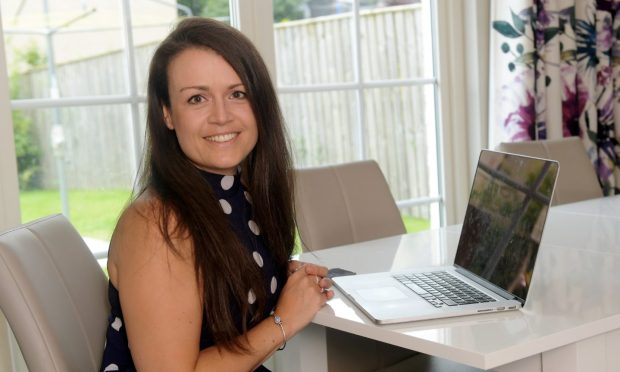
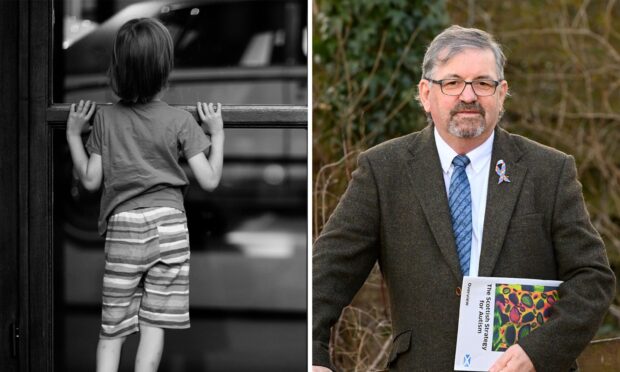
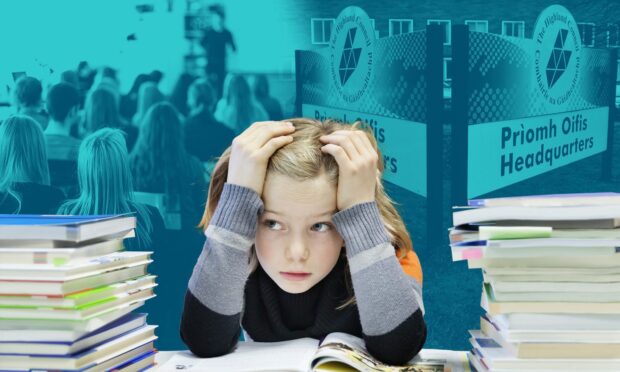
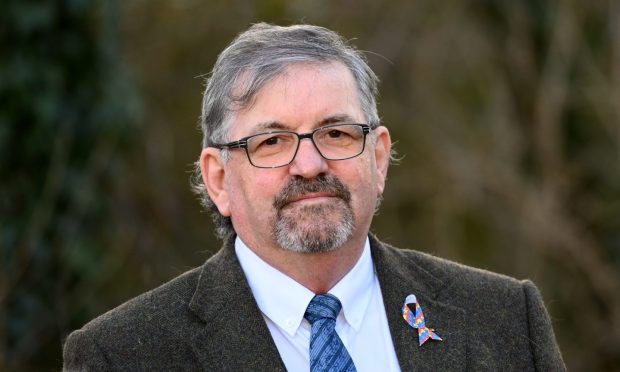
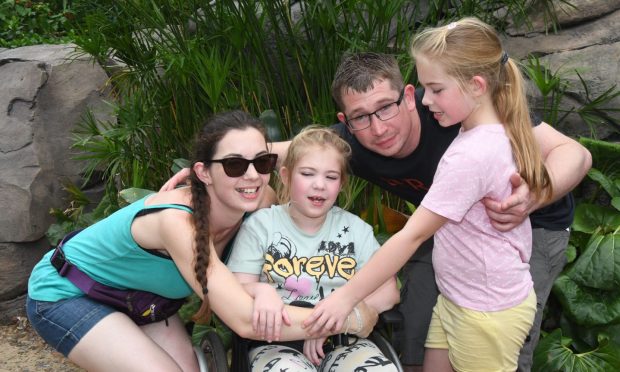
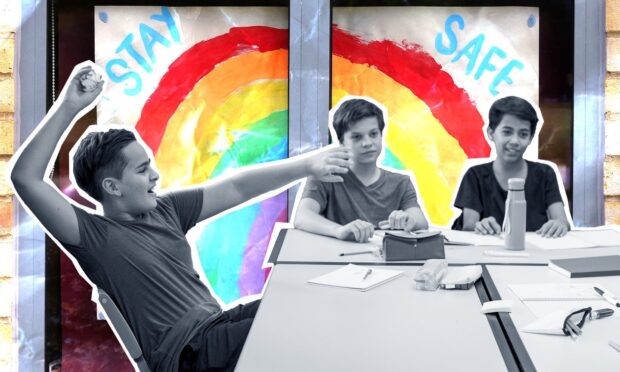

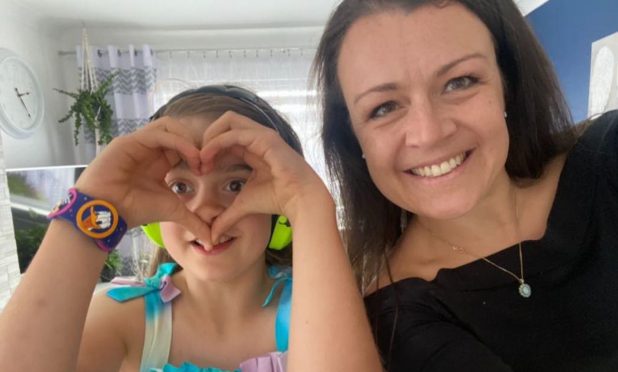
Conversation